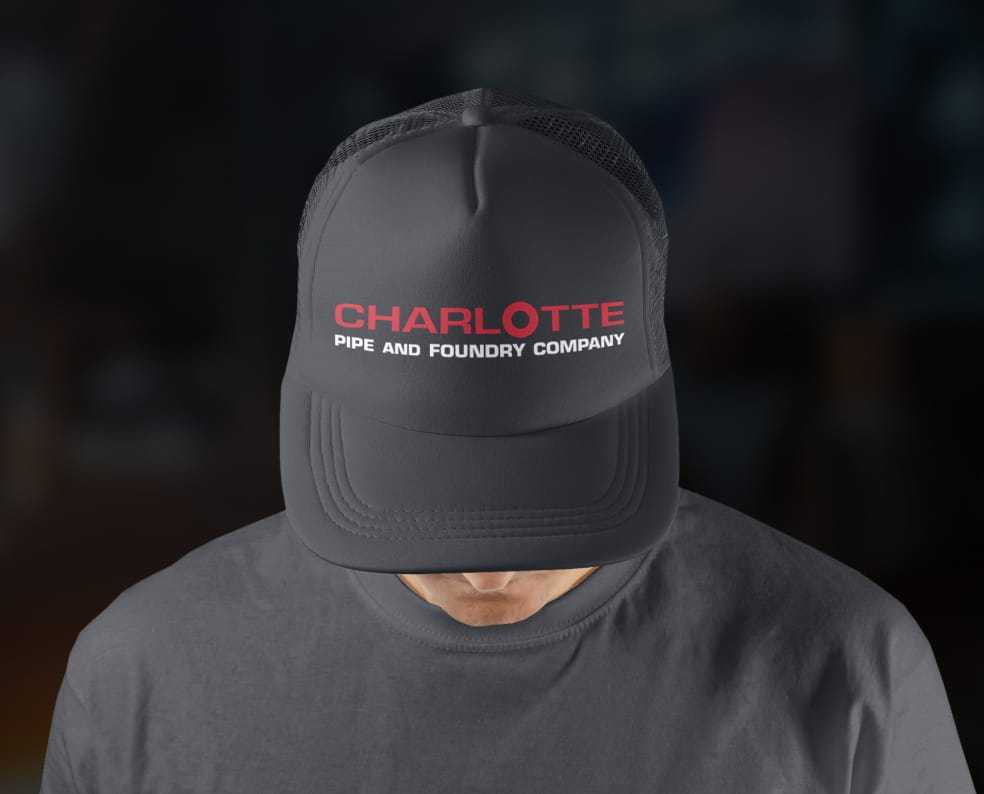Article
Plastic Piping Systems: Applications, Fittings, and More
From water distribution to waste disposal, choosing the right plastic pipe and fittings is a crucial component to creating an efficient and reliable plumbing system. Charlotte Pipe and Foundry’s Plastics Product Knowledge Guide features an overview of plastic pipe and fitting applications and product options for residential and commercial construction.
Along with part numbers, sizing charts, and a reference glossary, the guide covers the following topics:
Piping system applications
Piping system materials
Fitting patterns
Installation tips
Resources such as the Plastics Product Knowledge Guide are part of Charlotte Pipe’s commitment to supplying the plumbing industry with the products, knowledge, and expertise to tackle the most complex problems.
Exploring the spectrum of plastic pipe and fittings:
PVC (Polyvinyl Chloride) Pipe: PVC pipe and fittings from Charlotte Pipe are renowned for their durability and versatility. They are corrosion-resistant and have a smooth interior that ensures optimal flow rates. This pipe is widely used for water supply, drainage, and irrigation systems.
CPVC (Chlorinated Polyvinyl Chloride) Pipe: CPVC pipe and fittings are an excellent choice for hot and cold water distribution systems. Charlotte Pipe's CPVC pipe offers enhanced temperature resistance and is suitable for both residential and commercial applications.
ABS (Acrylonitrile Butadiene Styrene) Pipe: ABS pipe and fittings are known for their toughness and impact resistance. They are commonly used for drainage, sewer, and vent systems. Charlotte Pipe's ABS pipe provides reliable performance in various environmental conditions.
In addition to a wide range of PVC DWV, PVC pressure, and ABS DWV pipe and fittings, Charlotte Pipe produces CPVC for pressure and chemical waste applications, including FlowGuard Gold®, an industry-leading solution for domestic hot and cold water systems.
The Right Plastic Pipe for Nonpressure and Pressure Applications
While nonpressure pipe and pressure pipe each serve a distinct purpose, they are interconnected and reliant on each other to create an effective plumbing system. When required to withstand higher pressures, the pipe is produced with a thicker wall, which is represented by its schedule or SDR number.
What does pipe scheduling mean?
A pipe schedule is a number based on a required wall thickness. One pipe can have the same outside diameter as another pipe but with different schedule numbers, meaning that each schedule represents a different wall thickness.
Schedule 80 pipe has a thick wall and is used for high-pressure operations in commercial and industrial settings.
Schedule 40 pipe has thinner walls and is intended mostly for residential settings.
Of note, solid-wall PVC pipe is often rated for both pressure (ASTM D 1785) and nonpressure (ASTM D 2665) applications — often referred to as “dual marked.” When a solid-wall pipe is used with PVC DWV fittings, the resulting system is not pressure-rated.
While nonpressure pipe and pressure pipe each serve a distinct purpose, they are interconnected and reliant on each other to create an effective plumbing system.
Nonpressure Pipe: Safely Managing Waste and Drainage
Nonpressure pipe is commonly used for DWV systems. Made of materials such as PVC and ABS, nonpressure pipe can efficiently convey sewage and wastewater away from buildings to treatment plants. Their smooth interiors prevent clogs, ensuring the smooth flow of waste. Nonpressure pipe is also integral to a plumbing system’s ventilation requirements.
Common applications for nonpressure pipe include:
Drain household sanitary waste (kitchen, bathroom)
Sanitary sewer
Drain ground water
Pressure Pipe: Bearing the Weight of Fluid Dynamics
Whether delivering municipally supplied water or well water to residences or distributing a steady supply within commercial and industrial facilities, pressure pipe must withstand the pressure exerted by the fluid.
Common applications for pressure pipe include:
Water service up to a building
Distributing potable (drinking) water inside a building
Irrigation/sprinkler systems
For nonpressure and pressure applications, using the right PVC Schedule 40/80 fittings is necessary for both the desired function of the pipe and its ability to properly manage the pressure within the pipe. Pressure fittings have straight angular turns, while nonpressure DWV fittings use a sanitary turn to facilitate draining water and waste and venting air into or out of the system.
A Legacy of Plastic Pipe and Fitting Innovation
While Charlotte Pipe and Foundry traces its roots to the production of cast iron pipe, the company has also manufactured plastic DWV pipe and fittings for more than 55 years. Today, Charlotte Pipe operates six state-of-the-art plastic manufacturing facilities across the country, producing PVC, CPVC, and ABS pipe and fittings for both residential and commercial plumbing systems.
For a quick reference resource to this information and more, download or bookmark Charlotte Pipe’s Plastics Product Knowledge Guide.



